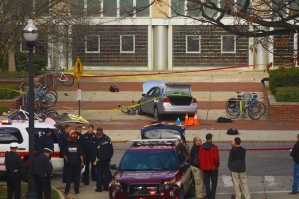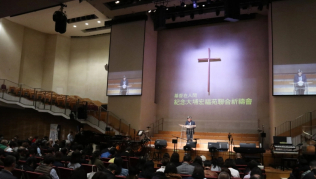The 'lone wolf' Somali student from Ohio State University in Columbus who randomly stabbed campus pedestrians after ramming them with a vehicle may have been tied to a radical Islam group, based on his social media posts prior to the attack.
Abdul Razak Ali Artan, 18, whose family sought refuge from Somalia and entered into the United States in 2014, posted cryptic messages on Facebook regarding religious discrimination and even cited Islam radical cleric Anwar al- Awlaki. Al-Awlaki is reputed to be a major recruiter and holds a primary role with the Al Qaeda terrorist organization.
Artan reportedly posted suggestive remarks on what would appear to be his Facebook account with reference to "lone wolf attacks" and that he is reaching a "boiling point." In one of his posts, he dared "America! Stop interfering with other countries, especially Muslim Ummah. We are not weak, remember that," Artan said.
On Monday, Artan plowed a vehicle into a campus crowd, went out of the car and began to viciously stab people using a butcher knife. At least 11 people were injured and brought to the hospital for treatment. He was stopped dead in his tracks after he was shot by a police officer.
Investigators say that they are still looking at identifying the reasons behind what triggered the attack, not discounting that he may have also been suffering from personal problems. Artan was armed with a butcher knife that he used for the attacks.

The attacks were earlier confused for campus shootings after university students and staff received alerts of 'Run Hide Fight', which were generally used as a standard alert adopted by the Ohio State in the event of campus-related violence following shooting attacks in campuses and schools.
The 'Run Hide Fight' alert became a popular standard among colleges which traces its roots back 2012 in Houston after city officials produced a video presentation to highlighting the idea as a message to be relayed in the event of shooting incidents. It received federal support from the Department of Homeland Security.
The objective of the video training is to create public awareness on how to respond to similar incidents, as well as generate a message broadcast involving an emergency and for people to take heed. Many universities and colleges agree to the alert message and may follow the same process in the event of violent attacks.







